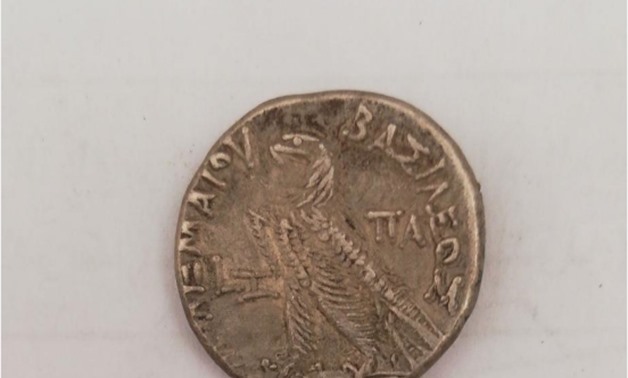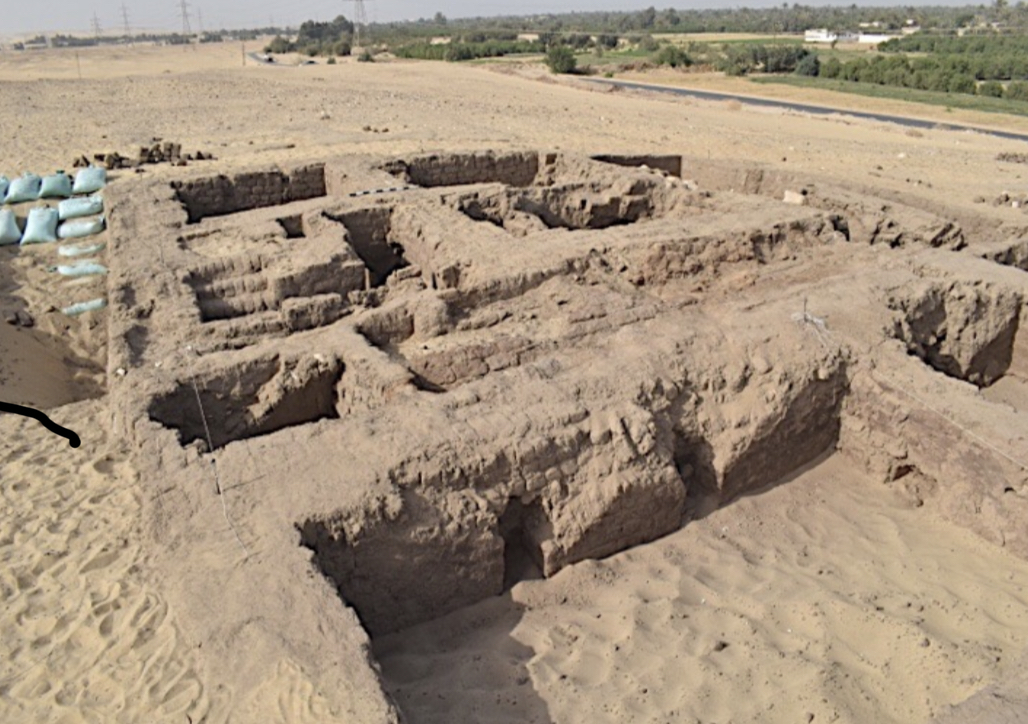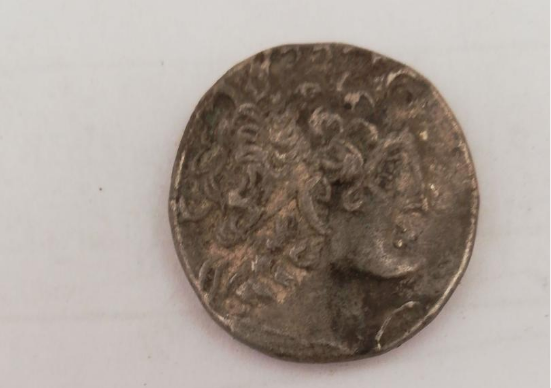
of remains of an ancient house that was part of a residential complex from the Ptolemaic period- Press photo
CAIRO - 30 May 2019: Excavation works of the School of Excavations of the scientific center of training in Central Egypt's Tuna el-Gebel resulted in the discovery of remains of an ancient house that was part of a residential complex from the Ptolemaic period.
This discovery is the first work of the School of Excavations in its first season. Al-Hafayr School (School of Excavations) was established in Central Egypt, under Order No. 50 of January 20 2016.

Tuna el-Gebel archaeological site - Press photo
The Scientific Center for Training in Central Egypt established the first School of Excavations in the archaeological area of Tuna el-Gebel to train the inspectors of archeology on the latest excavations methods using advanced technical tools. Fifteen inspectors representing the governorates of Central Egypt were highly trained. Their training was supervised by a group of competent trainers from various scientific centers.
The newly uncovered archaeological house dates back to the Ptolemaic era and was part of an ancient complex. A collection of silver coins, saddles and pieces of pottery were found inside. The pottery discovered inside the house remains had Greek texts engraved on them.

Remains of an ancient house that was part of a residential complex from the Ptolemaic period- Press photo
Director General of Central Egypt Antiquities Gamal al-Samstawi stated that excavation works also included the surface cleaning of the modern layer of the site. It was found that the house was designed in the style of a tower, which was the common design used during the Ptolemaic era.
Furthermore, the archaeological mission found remains of amphoras (a tall ancient Greek or Roman jar with two handles and a narrow neck) rom the first century BC and the first century AD, in addition to the remains of animal bones for horses and donkeys. A collection of silver coins was also found inside a linen bed placed beneath one of the corners of the house.
Director of the Excavation School site pointed out that the students were trained on methods of preserving the fossils of animal bones and classifying them.



Comments
Leave a Comment